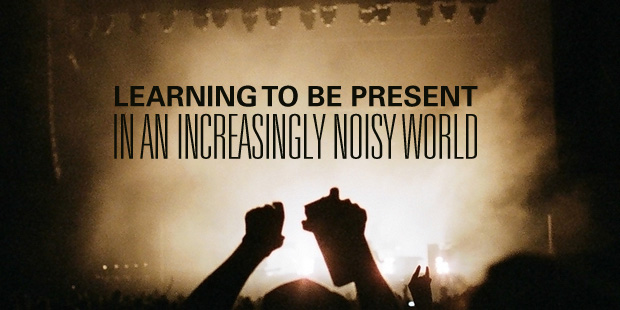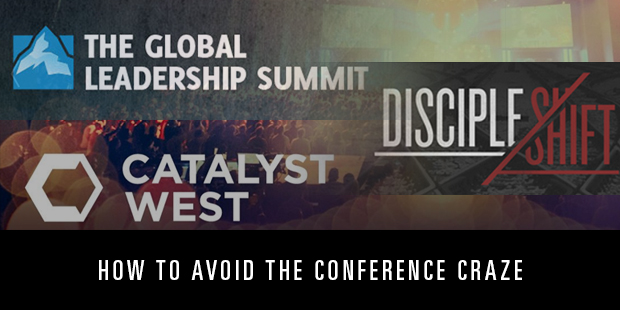
Learning to be Present in an Increasingly Noisy World
For each of us, there are unique, everyday distractions that call us away from being here—now: The temptation to linger in the past or to hope for a better future; the alluring eyes of a coworker who appreciates you more than your spouse does. And every time we are lulled away from our lives and distanced from the moment, we lose something of ourselves and our purpose.
And we wonder why the abundant life seems so evasive, so distant. Like something just beyond our reach, it seems to taunt us. And we may eventually despair of ever finding it. In frustration, as a last resort, we may turn to an old but familiar lesson: one of letting go, of looking beyond personal ambition and replacing it with something better, the slow growth that happens when we surrender to what all these delays and setbacks are really trying to teach us.
So it seems the antidote to our restlessness is not necessarily another adventure or experience of a lifetime, but a deep abiding in where we are now.
How does this happen? With waiting. Normal, everyday situations that test our patience and cause us to reflect on what really matters. Personally, I wish there was another way. As the world’s least patient person, I don’t like waiting at all. But I’m beginning to see the value—and inevitability—of the times in between the big moments in life.
Maybe, like me, you’ve spent much of your life longing for the next season. Hoping better things would come when you graduated or got married or gave your life to a career worthy of your talents. But now, you’re not so sure holding out for what’s to come is the smartest strategy.
If that’s you, then I have some good news: you are not alone.
We all want to live meaningful lives full of experiences we can be proud of. We want a story to tell our grandkids that will make them go, “Wow!” That’s a given. And certainly, I’m not telling you to be boring or give up on your hopes, dreams, and aspirations. Quite the opposite.
What I am trying to say is this: many of us in search of life’s greatest moments fail to recognize that the best moments are the ones happening right now. The “good stuff” isn’t ahead of or behind us. It’s somewhere in between—right in the midst of this moment, here and now.
This is why many of us fight the quiet and try to fill the void of inactivity with constant busyness. It’s why we sometimes stay up late or can’t sleep. We wonder—and worry—if this is all life has to offer. All the while, we miss the truth: The thing we want to escape is what holds the key to our contentment.
What if, instead of pining for the action of the next frame, we surrendered to the wait, learning to live in those “boring” moments with more intentionality? What if we fell in love with the in-between times, relishing instead of resenting them?
Well, then, we might just learn a few important lessons.
>>Learn more from author Jeff Goins by downloading his thoughts on learning the discipline of being present.
If we reserve our joy only for the experiences of a lifetime, we may miss the life in the experience. Such opportunities are everywhere, waiting for us to see them. But first we must learn to open our eyes, to recognize the gift of waiting.

Tags: In Between Times, Jeff Goins, Leadership Characteristics, Leadership Disciplines














